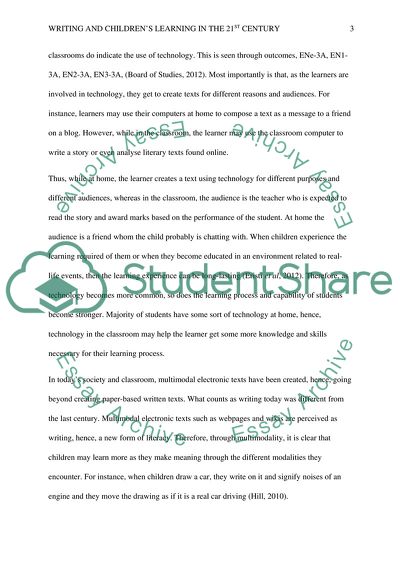Cite this document
(“Writing and childrens learning in the 21st century Essay”, n.d.)
Writing and childrens learning in the 21st century Essay. Retrieved from https://studentshare.org/english/1619224-writing-and-childrens-learning-in-the-21st-century
Writing and childrens learning in the 21st century Essay. Retrieved from https://studentshare.org/english/1619224-writing-and-childrens-learning-in-the-21st-century
(Writing and Childrens Learning in the 21st Century Essay)
Writing and Childrens Learning in the 21st Century Essay. https://studentshare.org/english/1619224-writing-and-childrens-learning-in-the-21st-century.
Writing and Childrens Learning in the 21st Century Essay. https://studentshare.org/english/1619224-writing-and-childrens-learning-in-the-21st-century.
“Writing and Childrens Learning in the 21st Century Essay”, n.d. https://studentshare.org/english/1619224-writing-and-childrens-learning-in-the-21st-century.


